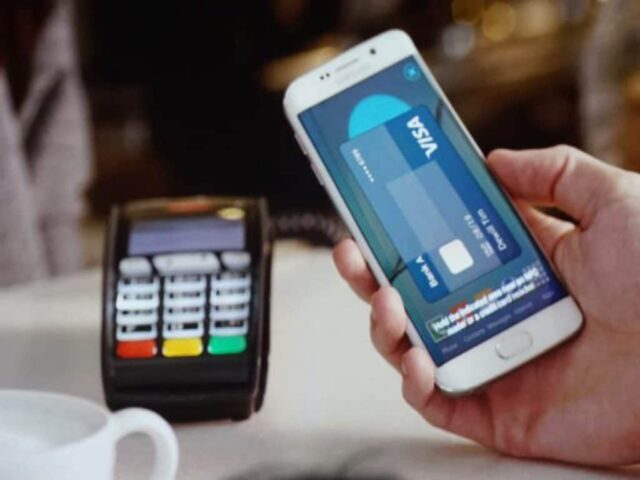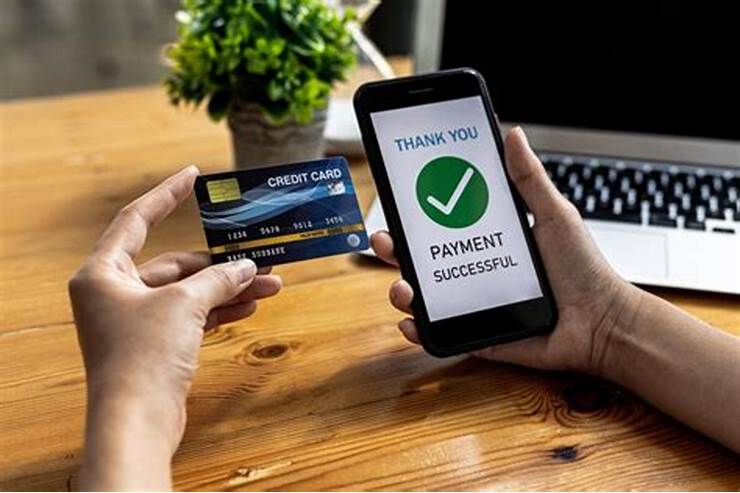Integrating payment gateways into a mobile app is essential for businesses looking to facilitate seamless transactions and enhance user experience. In Agra, where the digital economy is rapidly growing, implementing a secure and efficient payment system can significantly boost customer trust and engagement. Here’s a step-by-step guide on how to integrate payment gateways into your mobile app.

Table of Contents
Toggle1. Choose the Right Payment Gateway
Selecting the appropriate payment gateway is the first step in the integration process. Consider factors such as fees, supported payment methods, and compatibility with your app’s technology.
Popular Payment Gateways:
- Razorpay: Offers a variety of payment options, including UPI, cards, and wallets, making it suitable for Indian businesses.
- Paytm: Known for its wallet services and seamless UPI integration, it’s widely used across India.
- PayPal: A global leader in online payments, ideal for businesses looking to reach international customers.
- Stripe: Offers extensive developer tools and support for a wide range of payment options, suitable for tech-savvy businesses.
2. Set Up Your Merchant Account
Once you’ve chosen a payment gateway, you need to create a merchant account. This account is essential for processing transactions and receiving payments.
Steps to Set Up:
- Register: Visit the payment gateway’s website and sign up for a merchant account.
- Verify Your Business: Provide necessary documentation, such as business registration details, bank account information, and identity verification.
- API Key Generation: After verification, obtain your API keys, which will be used to connect your app with the payment gateway.
3. Integrate the Payment Gateway SDK
Most payment gateways provide Software Development Kits (SDKs) that simplify integration. Download the SDK relevant to your mobile app’s platform (iOS or Android).
Integration Steps:
- Add SDK to Your Project: Follow the documentation provided by the payment gateway to include the SDK in your app’s codebase.
- Configure Settings: Update your app’s configuration files with the API keys and other required settings.
4. Design the Payment Interface
Creating an intuitive and user-friendly payment interface is crucial for ensuring a smooth transaction process.
Interface Design Tips:
- Clear Call-to-Action: Use buttons like “Pay Now” or “Checkout” that are easily visible.
- Input Fields: Ensure that fields for card details, UPI IDs, and other payment information are easily accessible and labeled clearly.
- Responsive Design: Make sure the payment interface is mobile-friendly and works well on various screen sizes.
5. Implement Payment Logic
Develop the backend logic that will handle payment requests and responses. This involves writing code to initiate payments, handle errors, and confirm transactions.
Payment Logic Steps:
- Initiate Payment: Use the SDK’s methods to create a payment request when the user clicks the payment button.
- Handle Callbacks: Set up callbacks to receive responses from the payment gateway, indicating whether the payment was successful or failed.
- Transaction Confirmation: If the payment is successful, update your app’s database and notify the user.
6. Ensure Security Compliance
Security is paramount when handling payment transactions. Implement measures to protect user data and comply with industry standards.
Security Measures:
- SSL Certificate: Use an SSL certificate to encrypt data transmitted between your app and the payment gateway.
- PCI DSS Compliance: Ensure your app complies with the Payment Card Industry Data Security Standard (PCI DSS) to protect cardholder information.
- Tokenization: Consider using tokenization to replace sensitive card information with unique identifiers during transactions.
7. Test the Payment Integration
Thoroughly test your payment integration to identify and resolve any issues before launching the app.
Testing Steps:
- Sandbox Environment: Most payment gateways provide a sandbox environment for testing. Use it to simulate transactions without processing real payments.
- Error Handling: Test various scenarios, including successful payments, failed transactions, and network issues, to ensure your app handles errors gracefully.
- User Experience: Gather feedback from beta testers to refine the payment interface and overall experience.
8. Launch and Monitor Performance
Once testing is complete and you’re satisfied with the payment integration, launch your app. Monitor its performance to ensure smooth transaction processing.
Post-Launch Tips:
- Analytics Tools: Implement analytics to track payment success rates, user behavior, and any issues encountered during transactions.
- User Feedback: Encourage users to provide feedback on their payment experience, which can help you identify areas for improvement.
9. Provide Customer Support
Having robust customer support for payment-related inquiries can enhance user trust and satisfaction.
Support Strategies:
- FAQs and Tutorials: Include a section in your app addressing common payment issues and questions.
- Direct Support: Offer contact options for users to reach out with payment-related inquiries or problems.
Conclusion
Integrating a payment gateway into your mobile app is a crucial step for businesses in Agra looking to enhance customer engagement and streamline transactions. By choosing the right gateway, designing an intuitive interface, ensuring security compliance, and providing excellent customer support, you can create a seamless payment experience that meets the needs of your users. As the digital economy continues to grow, investing in effective payment solutions will be key to your app’s success.


No responses yet